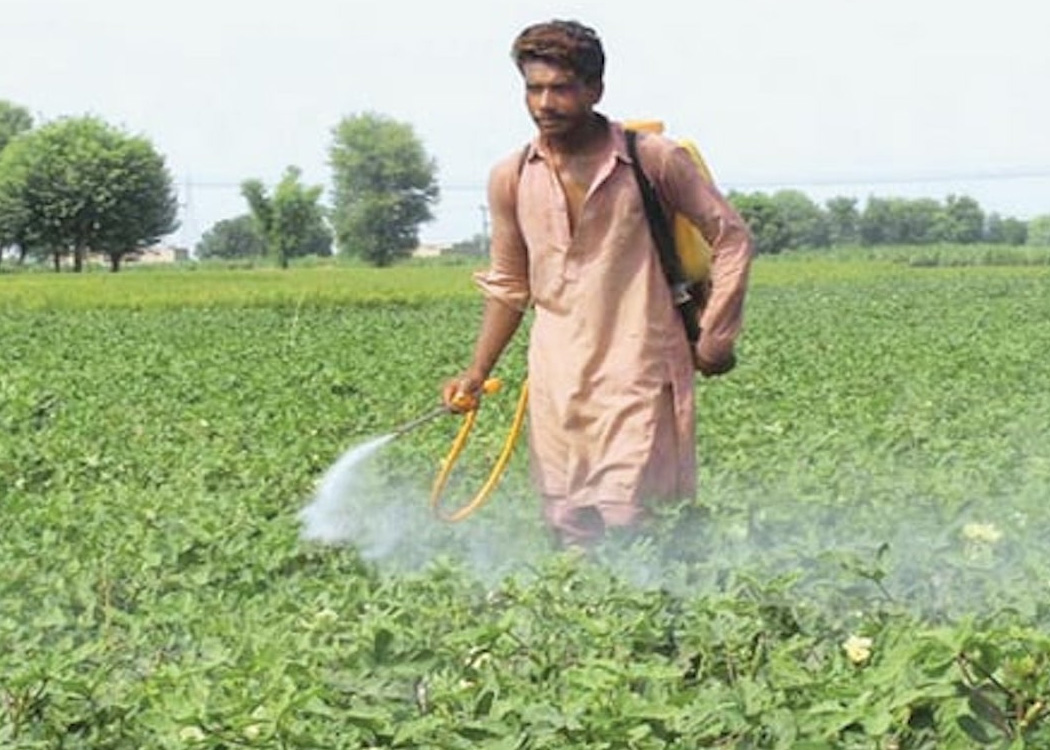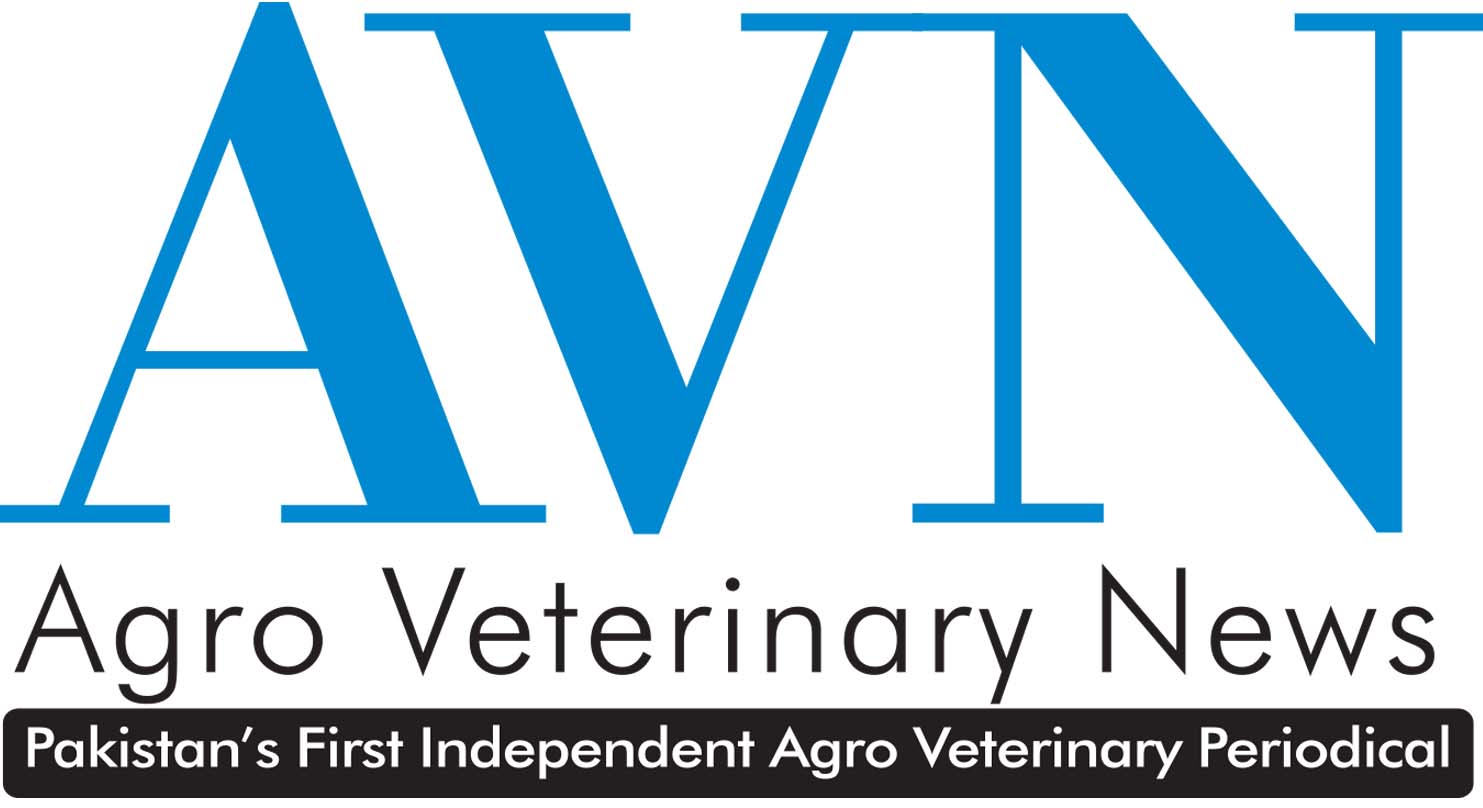ISLAMABAD: Pakistan’s agriculture sector posted a modest growth of 0.56% in FY25, reflecting its enduring importance despite climate pressures and structural challenges. The sector continued to play a key role in supporting rural livelihoods, national food security, and economic stability, according to the Economic Survey 2024–25.
Agriculture contributed 23.54% to the GDP and employed over 37% of the national labor force, underlining its role as the economic backbone of rural Pakistan. While overall growth remained positive, performance across sub-sectors was mixed due to above-average monsoon rainfall, high input costs, and reduced sowing areas.
Livestock remains the strongest pillar
Livestock led sectoral performance with a 4.72% growth, contributing 14.97% to GDP and accounting for 63.6% of agriculture value addition. Key highlights included:
- Milk production up by 3.2%
- Meat production increased by 2.7%
- Poultry sector posted a robust 9.4% growth in meat output
These gains were supported by larger herd sizes and improved veterinary services, reinforcing livestock as the primary growth driver.
Crop sub-sector faces significant decline
The crop segment contracted by 6.82%, driven by:
- 13.49% decline in important crops
- 19.03% drop in cotton ginning
- 30.7% fall in cotton production, down to 7.08 million bales
- Cotton yield fell to 590 kg/ha, from 717 kg/ha
- Wheat output declined by 8.9%, due to reduced cultivation and high temperatures
Despite these setbacks, other crops showed 4.78% growth, demonstrating potential for crop diversification.
Rice shows acreage expansion but marginal dip in output
Rice remained relatively stable in terms of cultivation and yield:
- Area under cultivation expanded by 7.2% to 3.9 million hectares
- Production slightly dipped by 1.38%, totaling 9.72 million tonnes
Positive trends in forestry and fisheries
Both forestry and fisheries recorded positive growth:
- Forestry grew by 3.03%
- Fisheries improved by 1.42%
Structural gaps and climate risks challenge future growth
The report pointed to several persistent challenges:
- Certified seed availability met only 35.6% of total demand
- Fertilizer offtake declined by 14.1%, due to high prices and low crop returns
- Water availability in both Kharif and Rabi seasons remained below average
Erratic rainfall patterns and rising temperatures underscore the need for climate-resilient practices, policy continuity, and adaptive investment.
Modernization efforts and government support
The government is focusing on:
- Water-efficient irrigation
- Farm mechanization
- Access to certified seeds
- Credit facilitation
Under the Special Investment Facilitation Council (SIFC), targeted investments are being made to improve productivity and reduce import dependency in agriculture.
While the sector’s FY25 growth was modest, agriculture remains central to Pakistan’s economic resilience, especially as it faces mounting climate and structural pressures. The government’s ongoing modernization and investment programs are expected to strengthen the sector’s long-term sustainability and self-reliance.





